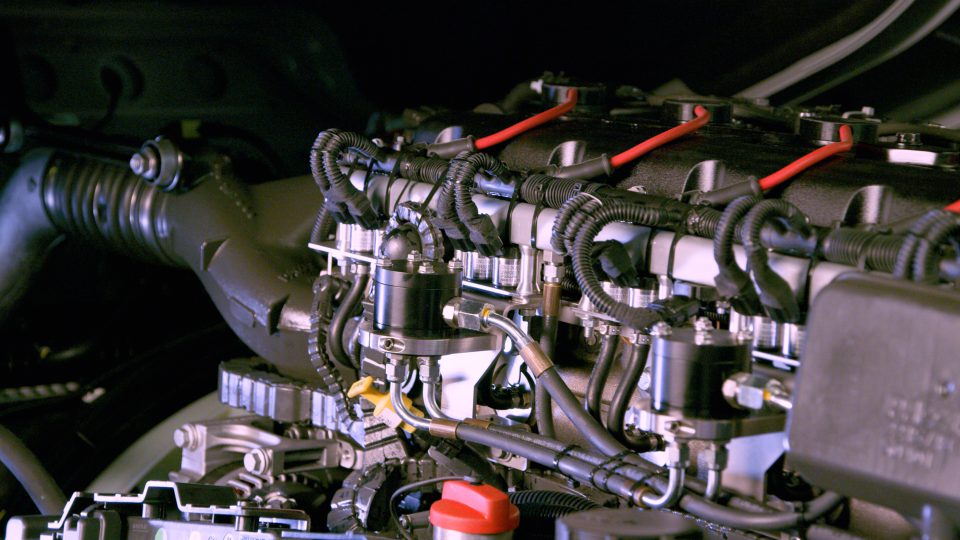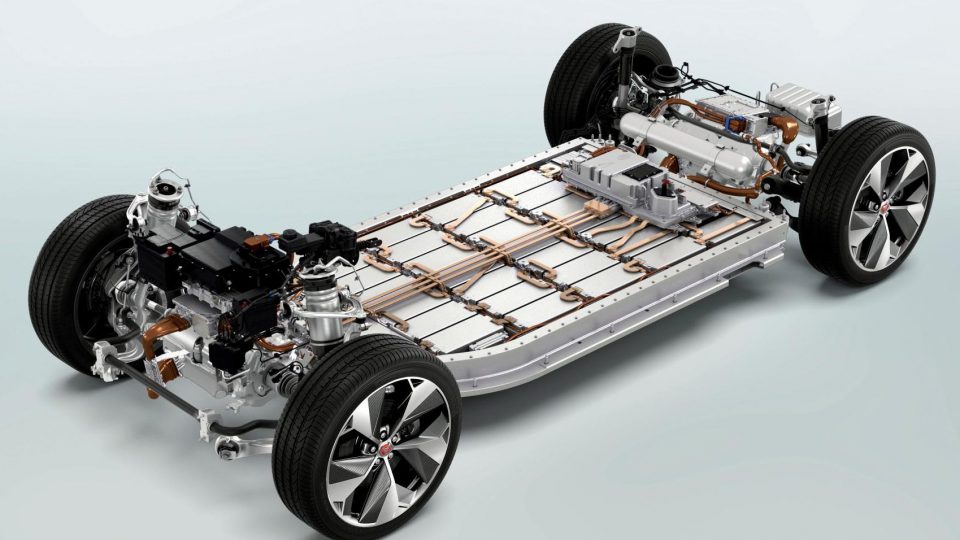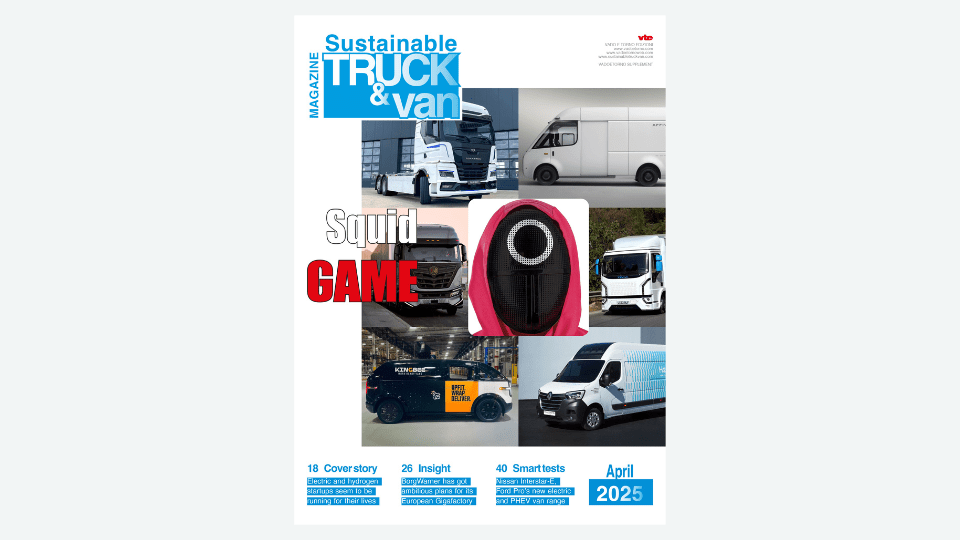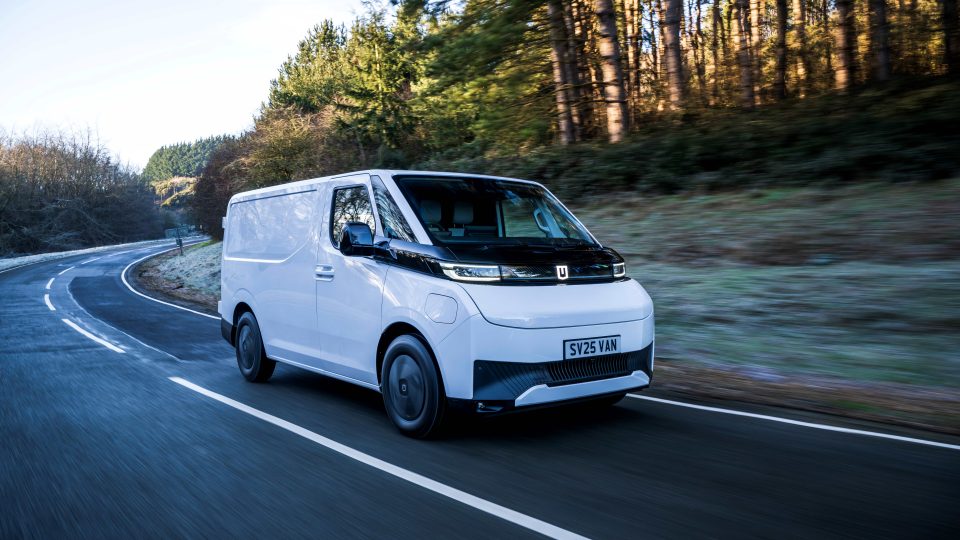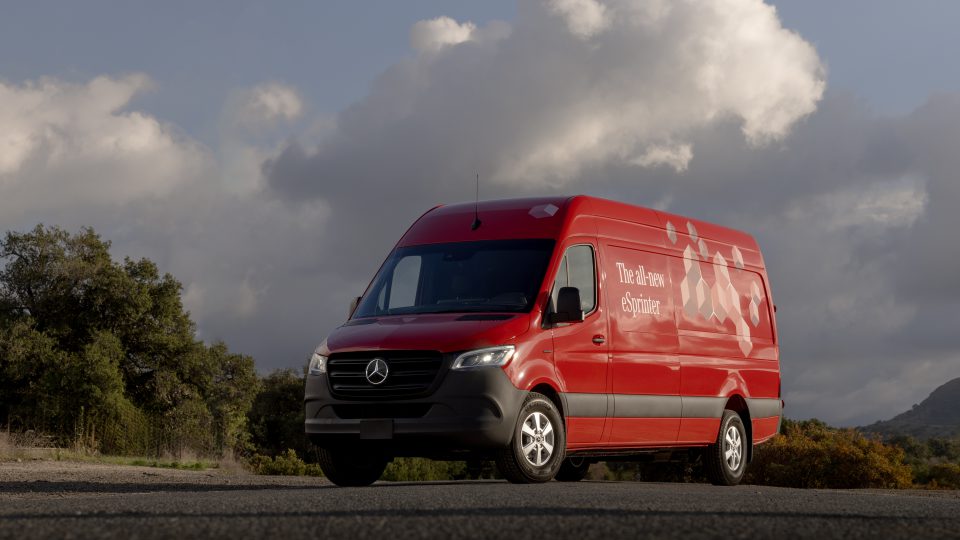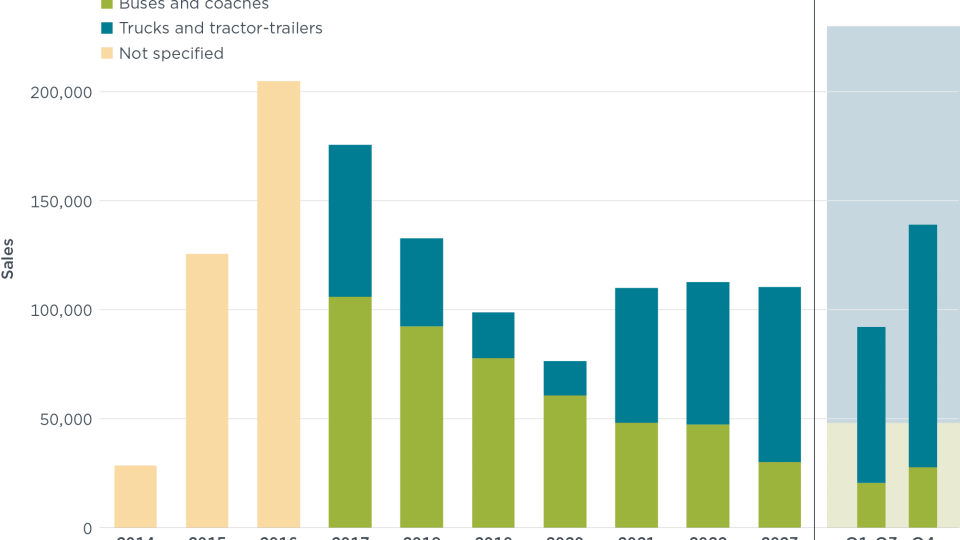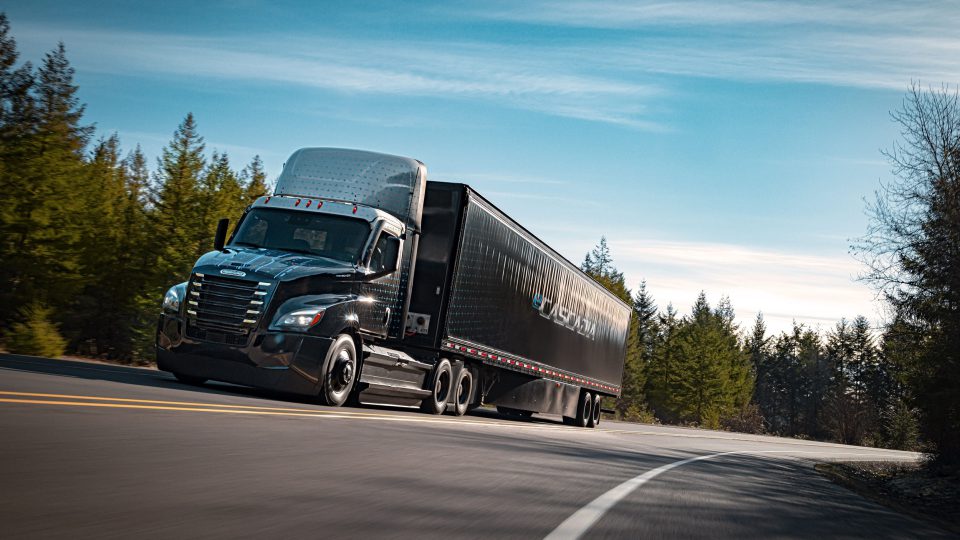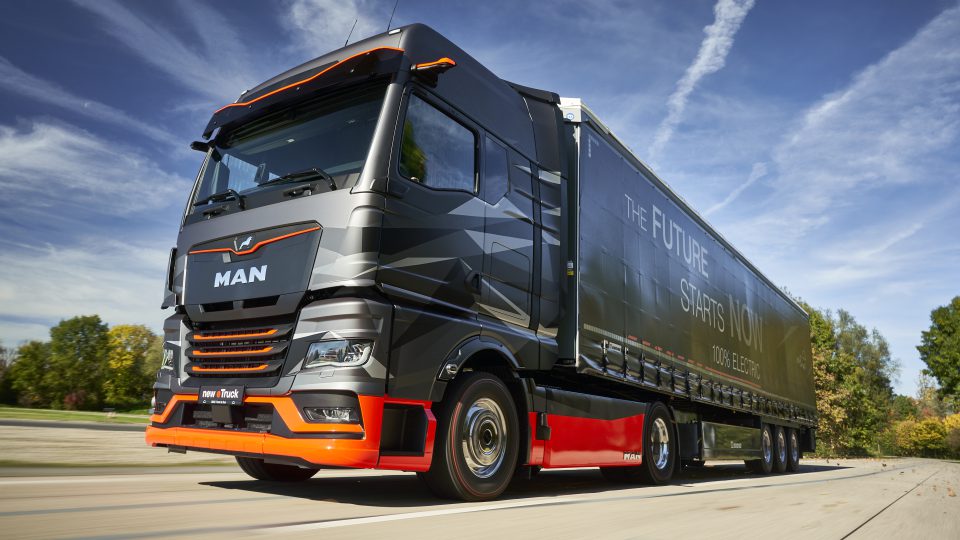OPINIONS. Will electric trucks and buses follow passenger cars’ jump in China?
As for passenger cars, in 2021 sales hitting a record high of 3.9 million vehicles sold. This represented a penetration rate of 18.3% compared to a commercial vehicle penetration rate of only 3.5%. So, why did the new energy passenger vehicle market take off, and the commercial vehicle sector lag behind? Shirly Zhu (Interact Analysis) provides a couple of answers.
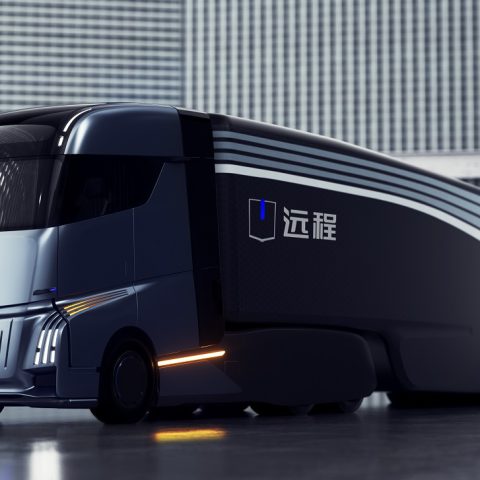
The question is quite simple, as well as crucial. Will electric trucks and buses bloom in China, just as passenger cars have been doing in the latest years? Such question is crucial mainly because the Chinese market is the largest one as for electric vehicles, so the trend coming from over there have to be carefully analyzed and taken into consideration in order to predict the future of electric vehicles (and commercial vehicles, in particular) on a global scale. A very careful analysis has been conducted by Shirly Zhu, Principal Analyst at Interact Analysis, who wrote an article you can read here.
Passenger cars and electric trucks in China
The starting point of her article is a prediction made by Bloomberg, according to which «another explosive 12 months» await zero emission passenger cars in China in 2022. «The expectation of the Chinese government was that commercial vehicles would lead the way in electrification. But the reality was very different», wrote Shirly Zhu. As for passenger cars, in 2021 sales hitting a record high of 3.9 million vehicles sold. This represented a penetration rate of 18.3% compared to a commercial vehicle penetration rate of only 3.5%. So, why did the new energy passenger vehicle market take off, and the commercial vehicle sector lag behind? Shirly Zhu provides two answers.
Potrebbe interessarti
Is there room for hydrogen fueled ICEs? Our interview with Alastair Hayfield (Interact Analysis)
Purchase motivation and different application scenarios
«Firstly, it’s the difference in the motivations of those making purchasing decisions. Passenger vehicles are consumer goods bought by individuals. Commercial vehicles are bought by businesses. For people buying cars, inducements such as price subsidies and tax breaks at the time of purchase, are important. For users of commercial vehicles, it’s the total cost of ownership that counts. It’s not only a question of the vehicle price. Other factors come into play such as repair costs, operating costs and efficiency, downtime costs (i.e. when charging), service life and residual value (the price the vehicle commands when it’s time to sell it on)».
«Secondly, it is a question of the application scenarios in which commercial vehicles operate. These are highly varied, and can include anything from urban logistics to long-distance transportation to public transport. Because only some commercial vehicle applications are currently suitable for electrification, we’ve seen much lower overall penetration of the commercial sector as a whole. For example, in contrast to the low overall penetration rate, we’ve seen significant electrification of city bus fleets and short-range delivery vans in China as their limited required ranges have made them great electrification candidates».
Potrebbe interessarti
OPINIONS. Lithium-ion battery manufacturing is going global, and it’s good for electric vehicles
Commercial vehicles about to play a crucial part in decarbonization
As our readers may know, in the commercial vehicle sectors, electrification has to face some major obstacles, such as longer distance or heavier loads to be carried. In this post, we tried to take stock of the current electric truck market by mentioning some of the major ongoing projects, or even vehicles available on the global market. What about the future? «Fast charging and battery swapping may also offer solutions. And there’s no reason why we shouldn’t soon see significant electrification of heavy vehicles in specific short-range scenarios such as ports and mines», wrote Zhu. «One thing’s for certain. The commercial sector has its part to play as China strives to achieve carbon neutrality. It is responsible for a disproportionate amount of carbon emissions, and so action will be taken to clean it up».



